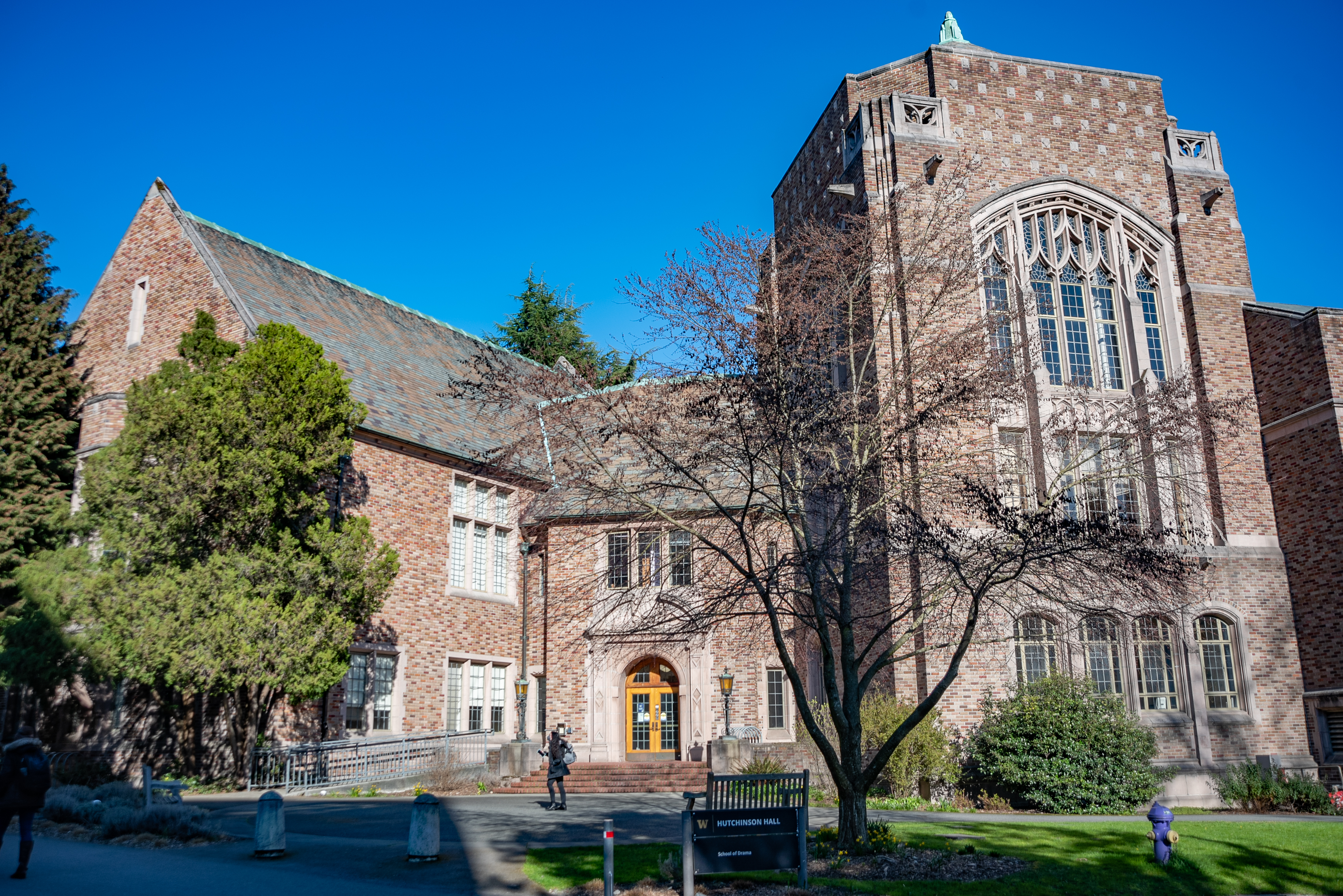ABSTRACT
There is an echo that carries the remains of pre-colonial and colonial indigenous performances from the Boruca people, an ancient native nation in the South Pacific Central American region. El Baile de Los Diablitos is a syncretic performance in where Borucas traditional mask and dances are used in a ritual performance on 3 days, which represents the resistance of the natives against the foreigner invader.
The ritual/festivities of El Baile de Los Diablitos is a way to perform the resilience of indigenous people in the Americas, an example of syncretism, symbolic re-enact and social validation of the Boruca’s in the cultural narratives. With the inclusion of “guests” to take part of the festivities: scholars, journalists, and artists, the Borucas are opening the spectrum of this traditional performance. Adding to the ritualistic element the possibility of analyzing it as an ethnic play, an ethnographic experience or a place of dark tourism (among other interpretations).
The three days’ festivities are a place of loss and displacement, are the last depository of the disappearing Boruca language. Could this performance be considered a contemporary syncretic event? Do the masks and the costumes work as what Joseph Roach called effigies in relation with the characters involved in Boruca’s history? Could the dance line up with Roach’s idea of surrogation, so the whole event work as a performance of origins? This essay, through a close reading of ethnographic and performative analysis, will address these questions, as well as situate El Baile de Los Diablitos within a broader context of the different possibilities the same event can be understood and analyzed. As a clear example of the spinning edges of the contemporary native performances in Latin America.
